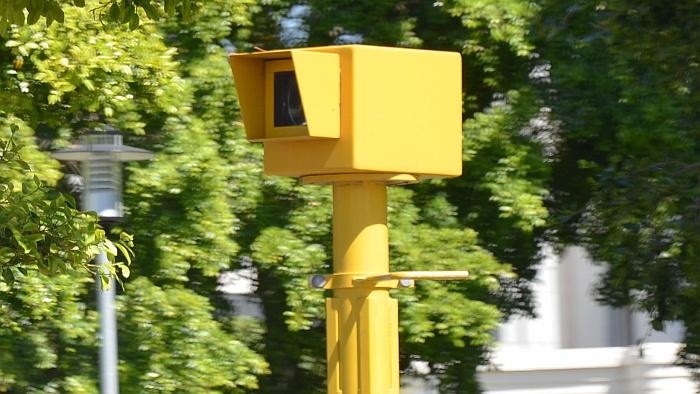The camera never lies, so it goes, and it didn’t, in this case. Only thing is, they got the wrong car. Eh, what?
According to news reports, an AES (Automated Enforcement System) camera recently caught a speedster doing the dirty in Perak, and duly slapped him with a ticket for speeding.
Alan Leong, a manager with an electronics company, received the summons on October 18, which stated that his vehicle was captured going at 145 km/h at Km 204.6 of the North-South Expressway at 12.34 pm on October 10.
The ticket indicated that Leong, who drives a black Toyota Harrier with plate number PKR 181, has to pay the compound fine of RM300 by December 11, failing which he’d have to appear at the magistrate’s court in Taiping on January 7 next year.
All good and fine (no pun intended), except that the vehicle caught speeding as in the ticket was a white Toyota Camry, with the number plate PKR 1811.
Leong took the matter to the local JPJ office in Penang, bringing along his vehicle and pointing out the glaring error in the AES summons to JPJ officers. Apparently, none of the officers knew how to deal with the matter – they gave him the address of the RTD director-general in Putrajaya and told him to write in to explain his case, the reports go.
A rather riled Leong told a press conference in Bukit Mertajam on Sunday that apart from writing to the RTD chief, he has also lodged a police report. At the event, Padang Lalang assemblyman Tan Cheong Heng said that it the clear case of human error was committed by the AES control centre in Perak.
Tan said the centre, which obtained Leong’s particulars from the RTD’s database, should have checked and compared the colour and make of the vehicle before sending out the summons notice. After all, doing so would have ensured that it was all black and white with this ‘one’ (again, no pun intended!).
Looking to sell your car? Sell it with Carro.



AI-generated Summary ✨
Comments express concerns about the effectiveness and fairness of the AES system, highlighting human error, incorrect summons, and potential misuse for profit rather than safety. Many believe the system is being exploited by private companies to generate revenue, misidentifying cars and drivers, especially with issues like wrong plates, wrong cars, or mistaken identities. There is criticism of the implementation, with calls for system improvements, better staff training, comprehensive enforcement, and addressing human errors. Some feel the system's true purpose is revenue collection for cronies rather than accident prevention. While some acknowledge AES’s potential to improve road safety, overall sentiments lean toward disapproval of its current flawed execution and perceived corruption. The comments reveal widespread skepticism, calls for transparency, and frustration over bureaucratic inefficiencies.